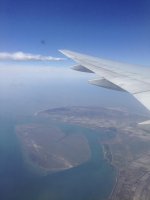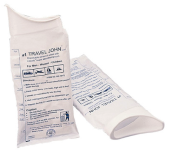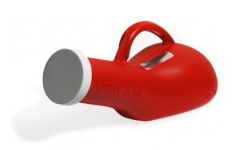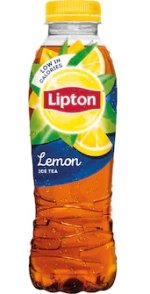Hi All,
hope everybody survived excess caloric intake and exhausting family members at christmas. here comes a question to the guys with some knowledge on aerodynamics:
is the tail end of the rudder's lower fiberglass fairing on an RV7 (where most RV's have their tail light) a low pressure area? where the pressure is lower than... let's say the cabin?
so if one runs a tube from the cabin to the tail that sticks out directly at the tail light, any fluid that enters the tube in the cabin gets sucked out in the air. without painting parts of the aircraft yellow for example.
Cheers
Kay
hope everybody survived excess caloric intake and exhausting family members at christmas. here comes a question to the guys with some knowledge on aerodynamics:
is the tail end of the rudder's lower fiberglass fairing on an RV7 (where most RV's have their tail light) a low pressure area? where the pressure is lower than... let's say the cabin?
so if one runs a tube from the cabin to the tail that sticks out directly at the tail light, any fluid that enters the tube in the cabin gets sucked out in the air. without painting parts of the aircraft yellow for example.
Cheers
Kay









